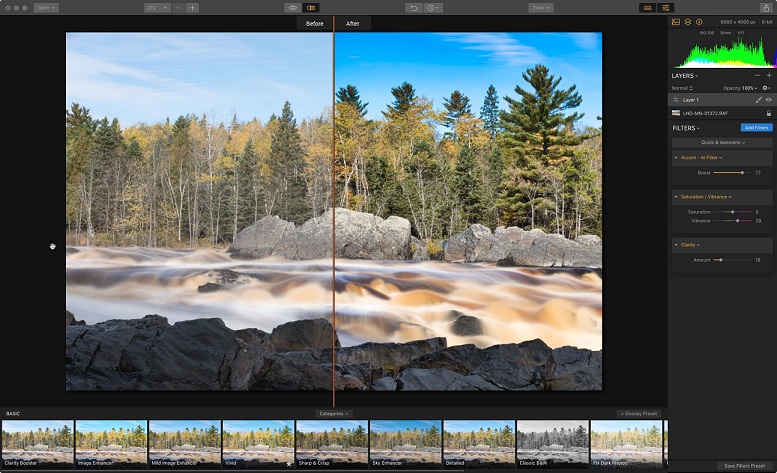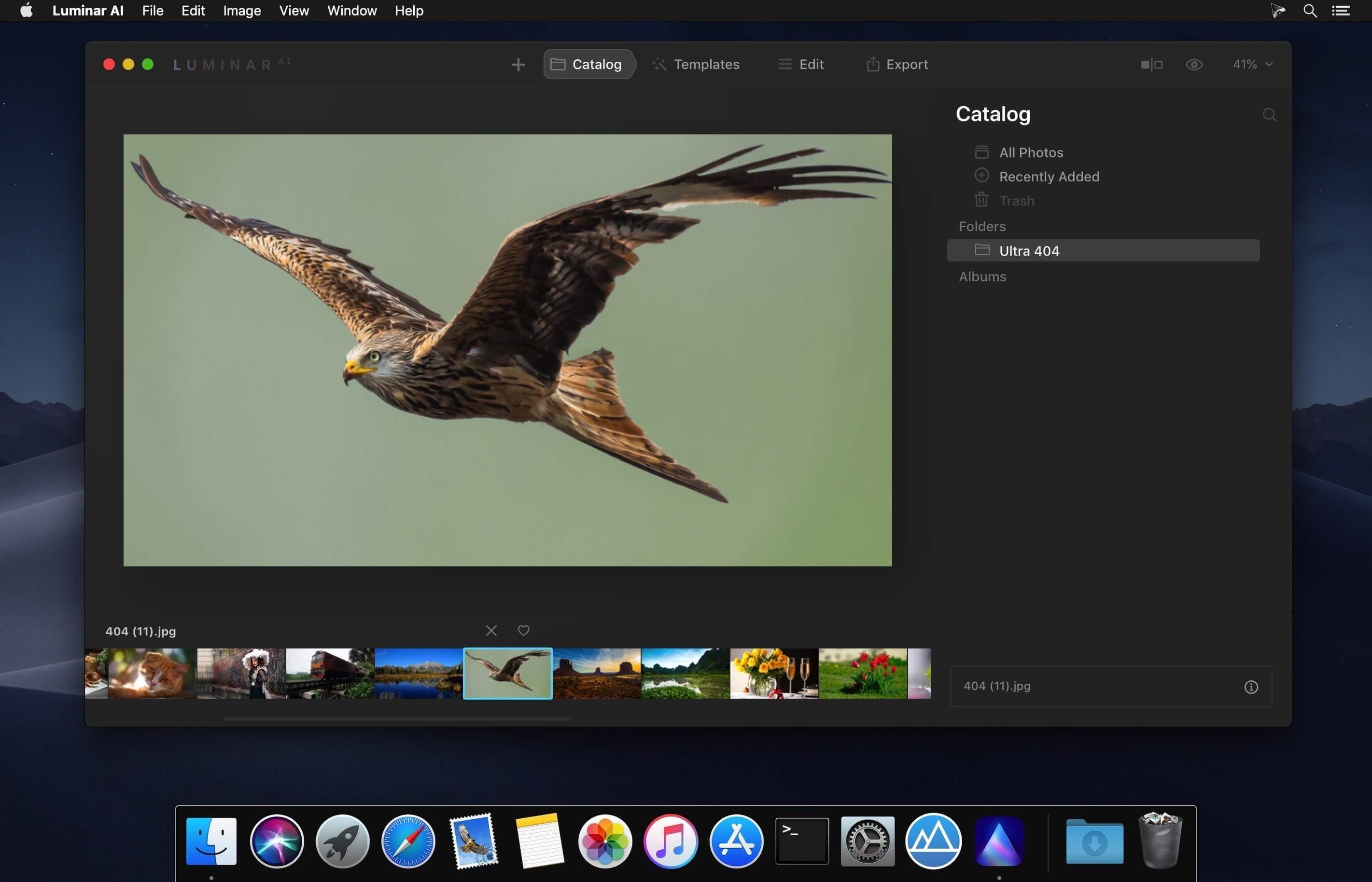

Of the two categories, Active Tasks are more critical since these tasks directly relate to how much time we spend in front of the computer editing, while Passive Tasks are things we can complete while we’re away or working on other things. Active tasks are the things we are doing while working on images actively, this includes moving from one image to the next, applying a Preset or Develop settings, using local area adjustments and brushes to fine-tune an image, as well as creating panoramas. Passive tasks include things like importing, rendering previews and exporting images. Passive tasks are the things that we generally do when we are away from the computer taking a break, while using other apps, or completing overnight. Within Lightroom Classic, we divided our tests into two categories, Passive tasks, versus Active tasks. But don’t take these results and apply them to other areas like video editing, 3D graphics, gaming, etc. This means that those of us processing large amounts of images will see dramatic time savings with each second worth of time saved per image. The Lightroom Speed Testsīoth of these machines are highly capable, but our testing is specifically designed for Lightroom Classic use since it still remains a CPU intensive and under-optimized application.

We’ll do another video discussing the advantages of each, for now, it’s neither here nor there, let’s talk about their performance in Lightroom Classic. And on the Apple side, we’re going to use this same iMac for our Premiere testing as well, because what Apple has done that’s impressive is design a powerful machine that’s a solid performer all around. At this point, I felt that familiar freedom in designing what I needed with my PC, versus just taking what Apple offers. Had we built it with the same 2TB storage option as the iMac Pro, we’d drop another $640 from the price tag. Also, keep in mind that we’ve built this system with an OS SSD and an additional 10TB drive. For the monitor, we added the BenQ PD 3200U 4K display for an additional $700 and pocketed the $1,100 difference. Side note, this price also includes Puget Systems lifetime labor and tech support warranty, as well as 3 years on parts. This leaves us $1,900 for the monitor and potential upgrades. Our pre-tax price, including our additional storage, was just over $4,800. NVIDIA GeForce RTOX 2070 Founders Edition with 8GB memory.Intel Core i9 9900K 3.6Ghz Eight Core 16MB processor.We selected the Lightroom machine and had a working budget of around $5k since we wanted to leave plenty of room in the budget for whatever monitor/tweaks upgrades you might want.
#Luminar for mac versus pc software
Our research pointed us to Puget Systems, who designs purpose-built PCs for specific software applications. We need pre-built machines that just work and we need the manufacturers of those machines to stand behind them so we can focus on what we do best, take pictures, and create education. If you enjoy building and troubleshooting your own machines to squeeze out every bit of performance, great, you can do it cheaper. But, honestly, we don’t have the time anymore.
#Luminar for mac versus pc Pc
On the PC side, we know we can build our own machines for cheaper. I will say that since the article, and since all of my machines have been repaired, I haven’t had any more issues (knock on applewood < see what I did there). Not too long ago, I shared my thoughts on Apple products for photographers, and let’s just say it’s been a love-hate relationship. Not cheap, but it does also include the beautiful 5K retina display which has beautiful and accurate colors out of the box.
#Luminar for mac versus pc pro
We started with the iMac Pro configured with:įor comparable warranty, we also added AppleCare to the iMac which gave us a pre-tax total of just over $6,700.


 0 kommentar(er)
0 kommentar(er)
